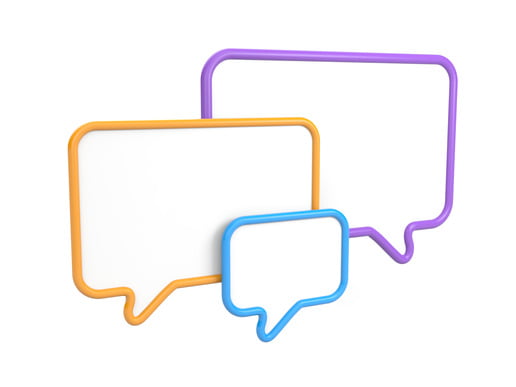Whats All The Hype About?
The buzz word for a while amongst business owners is social media. Amongst all of this talk one of the main platforms, Twitter – boasting 500 million users. Amongst this social buzz, the common frustration that we hear from business owners is how to use Twitter for business. During the seven years Twitter has been around, a staggering 170 billion tweets have been sent. If you think that within those 170 billion tweets, people in your industry and possibly even your competitors have engaged with current and potential clients on this social platform. Surely you’d want to be in this too?! 170 billion tweets?!
Can Any Business Use it?
Many business owners who are new to the Twitter world tend to question whether their business would actually fit into how people interact on Twitter. For example, if you’re a window cleaner you might find it hard to justify how tweeting a couple of times a day is actually going to get you any new business after all the time spent planning. Twitter is for anyone and everyone, it just depends how you put your company out there. What I personally often see when people wanting us to manage their Twitter account is a) their lack of activity, i.e one tweet in 6 months, b) following too many people who don’t follow you back (those people who don’t follow you back aren’t the people you want to engage with) or c) the tweets aren’t engaging enough and have no calls to action. Your tweet should persuade someone to go further, click that link and visit your website. Whether you’re a window cleaner, builder or carpenter, you can do it!
Who to Follow

Following the right people can be a bit of a nightmare. You might sat there thinking, why isn’t anyone following me back? Take a step back. You need to follow people who you know will engage with what you do on Twitter. Too often we see two things: either a company has a high following and low amount of followers, or low following and high amount of followers. When I come across a Twitter business account and see that they have lots of followers but they are following very, very few other Twitter accounts, that just says to me ‘this company only really thinks about themselves’. In order to engage properly on Twitter for business, it’s important that you don’t just think about yourself, you need to be engaging with other companies and people within your industry by following. Show that it’s not all about you as a company, you care about everyone else too.
Make the Most Out of the Tools
I read a group discussion earlier on LinkedIn which had the title along the lines of do hashtags really have any use for businesses? Everyone had a similar response and same thoughts as me in which you can use hashtags to categorise your tweets. It allows you to give a unique identity to a tweet, or if you’re tweeting about a new product, it’s a great way to promote it in that way. You see a lot of people over-using hashtags though and not only does it look a bit over the top but the majority of the time, a tweet with so many hashtags just won’t be as engaging. Be wary, research your hashtag before you use it, as some can be used in a negative way which you don’t want to be related to.
Twitter cards are one of the more recent tools in which you can develop your own card (basically a tweet) but it allows you to experiment in ways which you can tweet using more text, images and video. To do this you have to add some HTML coding to your webpages and you’re done, it just needs approval. Not only can you experiment in different ways in which your media is tweeted, instead of 140 characters, you get a maximum of 200 characters per tweet – so you’ve great video and to go with it you can fit more text into the description.
In the previous section we spoke about who to follow but there comes a point where you might be thinking to yourself, how do you manage all these people! This is where lists come into play. You can separate your followers into lists, therefore you might have something along the lines of: partners, clients, potential clients and competitors. If you want to keep things private, you can set up a list which only you can see i.e your competitor list to see what they’re talking about currently.
Conversations and more Conversations

Twitter is great for engagement therefore there’s no point being on Twitter and being silent. Engage with your audience, tweet interesting, helpful, relevant and fun things (depending on how your brand wants to be perceived). Share other companies tweets to show that you don’t just care about yourself, you care about credible good information. Talking on Twitter is great; great for communication and interactions, just be sure to make sure it’s relevant. Just don’t be the company who talks too much, your clients’ Twitter feed don’t want to be filled with your tweets as that may lead to them un-following you.







